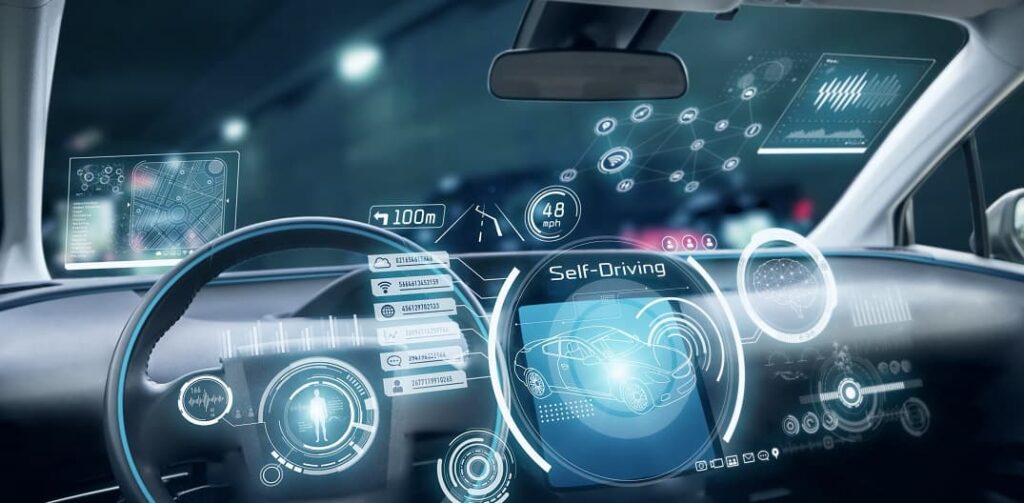Transportation Types – What to Look Forward to in the Future?

Since the last decade, transportation has seen a tidal change towards development. From the period of steam engines to today’s autonomous automobiles, transportation has seen radical transformations. The transportation industry has a promising future. The transportation sector will continue to evolve and expand as a result of technological discoveries and ongoing innovation. Several types of vehicles have been developed and with several features ranging from GPS tracking for Fleet vehicles, AI-driven cars, electric vehicles, and many more.
Transportation is critical to a thriving economy because it transports goods and connects people—however, all modes of transportation harm the air. The desire for cleaner surroundings has resulted in automobile advancements that minimize pollutants and carbon dioxide emissions.
Manufacturing numerous engines, including various fuel sources with vehicle types, would address the global transport industry’s possible challenges. There have already been significant advancements in transportation, with prototypes examined and determined to be suitable for usage. This article will discuss the types of vehicles we can look forward to in coming future.
Types of Transportations
Several types of transportation have been developed in recent times. Let us go through some.
Self-Driven Vehicles
Vehicles were engineered to assimilate data from their surroundings through programming, detectors, and cameras. The self-driving function uses the information. Self-driving vehicles would be to make roadways safer, free up driver time, and reduce stress.
Autonomous Trucks
Several versions of self-driving trucks have been attempted and tested, and Daimler has produced an 18-wheel autonomous truck that functions similarly to an airplane autopilot but is not unmanned. Distances are kept secure, whereas speeds are kept regular. A Swedish business created a driverless vehicle that can be operated remotely by a distant controller. Uber’s self-driving car completed a 120-mile transportation trial. The United Kingdom is experimenting with self-driving vehicle platoons to cut carbon emissions and boost efficiency.
Future Rail Networks
Japan’s high-speed electric trains have been in operation since 1964. Since then, numerous countries have planned to launch comparable railways. High-speed train systems are being studied, even though development has indeed been gradual. High-speed railroads and Maglev locomotives can certainly replace long-distance air transportation. Elon Musk’s Hyperloop is considered an underground transport network capable of reaching a velocity of 240 mph. Several developers are aiming to increase the speed of the locomotives to three times.
GPS Vehicles
Modern GPS gadgets are multifunctional and filled with newer software. These gadgets compute distance, predict arrival time, and adapt to traffic as well as environmental conditions. GPS fleet management solutions will be unavoidable in the future. The gadget generates massive amounts of data, which is critical for tracking cars in real-time.
Conclusion
Experts believe that the advent of recent developments in transportation will be electric as well as automated. Purely electric combined with self-driving automobiles will become more cost-effective, energy-efficient, and convenient than conventional owner-driven automobiles.






